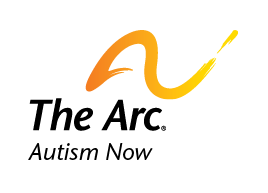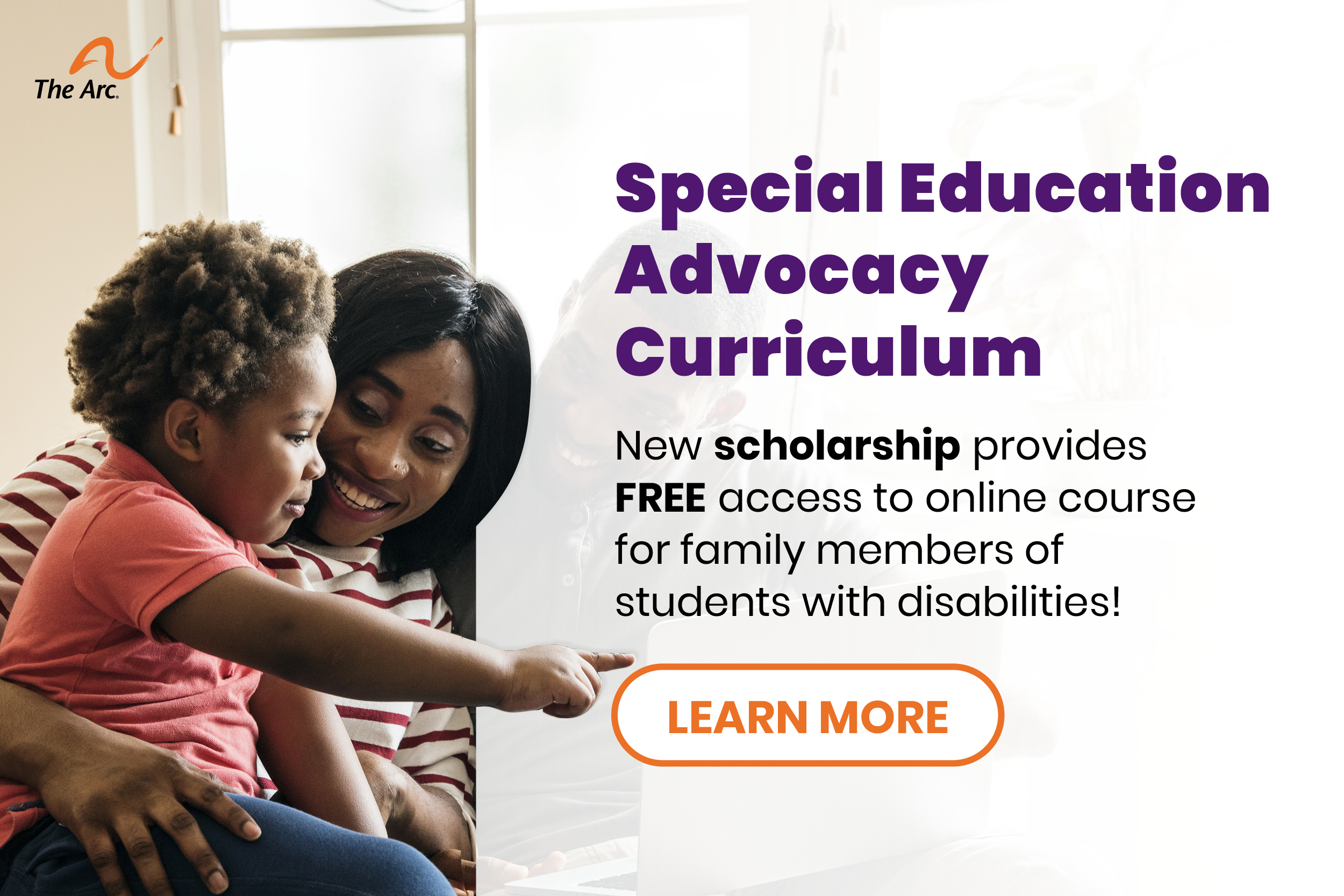Transition Planning and College for Students with Autism Spectrum Disorders
Contents
- Introduction
- Transition Planning
- Activity of participants in transition planning
- Primary goals of transition plans by type of disability
- Follow-up and Implementation of transition plans by type of disability
- Getting Ready for College
- Planning for College Checklist
- References
Introduction
While post-secondary educational opportunities for individuals with ASD have increased in recent years, there are still many barriers to their success in post-secondary education (Nevill & White 2011). When a student with ASD plans to transition from high school to the college setting, transitional goals should be in place during high school and afterwards. This brief focuses on three articles that investigate successful transition planning and issues for college attendance for young adults with ASD.
Transition Planning
For most students with disabilities, transition planning begins around age 14 (Shogren & Plotner 2011). Using data from Wave 1 of the National Longitudinal Transition Study – 2 (NLTS2), Shogren and Plotner (2011) found that the transition process is different for students with different types of disabilities. Students were separated into groups based on disability type: 830 students with autism spectrum disorders (ASD), 730 students with intellectual disability (ID), and 6,080 students with other types of disabilities (Other). Some of the differences between the groups in their transition plans were in regard to:
- Who participated actively in the transition plan
- How well the plan was carried out
- What goals were listed
For all three groups, school personnel and parents were listed most often as active participants in the planning process. School personnel were listed as being actively involved in the creation of goals for all three groups. Students with ASD were more often absent from or participating little in the creation of the transition plan.
Table 1. Activity of participants in transition planning
|
ASD |
ID |
Other |
|
| Student’s role in transition plan | |||
| Not attended or participated |
23% |
11% |
5% |
| Present but participated very little or not at all |
45% |
36% |
23% |
| Provided some input |
30% |
50% |
59% |
| Leadership role |
3% |
3% |
14% |
| Active Participants | |||
| Special education personnel |
96% |
99% |
97% |
| Parents |
91% |
83% |
85% |
| Student |
66% |
81% |
89% |
(Shogren & Plotner 2011)
In addition, goals were different for each group of young adults. College attendance and vocational training were more often listed as the primary goal for those with other disabilities than for those with ASD or ID. Competitive employment was less often a primary goal for students with ASD than for those with ID or other disabilities. Instead sheltered employment was much more often listed as a goal for students with ASD. In addition, the transition plans of students with ASD were the least likely to list living independently as a goal.
Table 2. Primary goals of transition plans by type of disability
|
ASD |
ID |
Other |
|
| Primary goal after high school | |||
| College, 2 or 4 year |
23% |
10% |
52% |
| Post-secondary vocational training |
19% |
26% |
42% |
| Competitive employment |
22% |
44% |
55% |
| Sheltered employment |
39% |
20% |
2% |
| Supported employment |
39% |
34% |
4% |
| Live independently |
28% |
51% |
49% |
| Maximize functional independence |
58% |
48% |
16% |
| Enhance social/interpersonal relationships |
57% |
46% |
22% |
| Other |
1% |
1% |
1% |
(Shogren & Plotner 2011)
There were also differences in follow up and implementation of the transition plans. More than 60% of all groups included classroom instruction that was focused on transition goals, though this was most frequent for students with ID. Fewer plans for students with ASD specifically stated the course of study needed to meet the goals than for students with other types of disabilities. Fewer students with ASD met with teachers to set post-graduation goals compared to students with ID or other types of disabilities. In no more than two-thirds of the cases for any group of students, had the parents been provided with information about post-secondary services.
Table 3. Follow-up and Implementation of transition plans by type of disability
|
ASD |
ID |
Other |
|
| Type of follow up or implementation activity |
|
|
|
| Provided instruction focused on transition plan |
71% |
76% |
63% |
| Stated course of study necessary to meet goals |
66% |
72% |
75% |
| Student met with teacher to set goals |
30% |
50% |
58% |
| Parents given post-secondary service information |
56% |
62% |
67% |
(Shogren & Plotner 2011)
Getting Ready for College
When students with ASD plan to attend college, it is best if preparation begins while the student is still in high school (Hewitt 2011). Unlike laws for K-12 education, laws surrounding higher education do not ensure individual success. Instead they remove barriers preventing an individual from accessing an education; education, itself, is not changed in any way. In addition to changes in available educational supports, students may have fewer available external services as well. If college is a goal, student supports during high school should include long-term learning that will allow for independent problem-solving and self-advocacy when these changes take place. There should be a plan in place for how the student can grow out of the systems of services with as little disruption as possible (Hewitt 2011).
Students with ASD and their families may need to develop sophisticated social communication interventions, beginning in high school (Hewitt 2011). Social practices are not the same in every situation, and students with ASD may do better when they have been involved in learning how to get information from social situations in order to problem-solve. Transportation access should also be included in any transition plan. For some students this includes driver’s education. For others, it means learning to handle complex public transportation systems.
During high school, students should also become familiar with the college they plan to attend (Hewitt 2011). Students should visit campus as much as possible and meet with disability services personnel to discuss individual strengths, needs, and plans. Doing these activities will make the transition easier.
Figure 1. Planning for College Checklist
- Incorporate college as a goal into transition plan in the K-12 system
- Be actively involved in transition planning
- Create a plan for leaving services that will discontinue at adulthood
- Consider long-term learning program for problem-solving
- Gain skills as a self-advocate
- Research college programs
- Get familiar with campus life and personnel
- Understand the legal system for higher education
- Meet with disability services office at college
- Understand individual strengths/needs/desires
- Address potential problems early
(Hewitt 2011)
The accommodation process is different for college versus high school (Hewitt 2011). Typically, students must provide proof of disability to the disability services office at the college they will be attending. Then the disability service office makes a determination of reasonable accommodations. The letter explaining these accommodations may be emailed to the student. The student is responsible for providing this information to individual instructors. In order for parents to be given access to educational records, the student must sign a waiver. However, this does not guarantee that parents will be able to play a role in addressing classroom or course challenges. These differing aspects may place the student in an unfamiliar role of self-advocate. Thus, it is good for students to increase their self-advocacy while receiving the more universal supports during high school.
For students with ASD, social situations may be particularly difficult. Many students with ASD request a single dorm room as a form of accommodation. This gives the student a private space (Hewitt 2011). Peer acceptance can play an important role in the social success of students with ASD (Nevill & White 2011). In a study of 652 undergraduate students, Nevill and White (2011) found that students with a close relative with ASD reported higher levels of acceptance and openness regarding students with ASD. In addition they found that students in the social sciences were the least fearful of students with ASD. Students in the physical sciences showed higher levels of being willing to hang out with someone with ASD symptoms. Students in engineering felt that they had more similarities to students with ASD. This research suggests that increased familiarity with ASD symptoms can create higher levels of openness and acceptance, and that college campuses can create programs that target students with and without ASD to address social issues (Nevill & White 2011).
Some programs are being designed to specifically address the needs of students with ASD (Hewitt 2011). Hewitt (2011) found five keys to successful college programs for students with ASD:
- Students are actively involved
- Social skills and supports are provided regularly
- Other health conditions or other disabilities in addition to ASD are considered
- Information is provided in n short, clear units
A list of model college programs designed for students with ASD can be found at this website:
http://collegeautismspectrum.com/collegeprograms.html.
References
- Hewitt, Lynne. 2011. Perspectives on Support Needs of Individuals with Autism Spectrum Disorders: Transition to College. Topics in Language Disorders 31(3): 273-285.
- Nevill, Rose & Susan White. 2011. College Students’ Openness Toward Autism Spectrum Disorders: Improving Peer Acceptance. Journal of Autism and Developmental Disorders 41: 1619-1628.
- Shogren, Karrie & Anthony Plotner. 2011. Transition Planning for Students with Intellectual Disability, Autism, or Other Disabilities: Data from the National Longitudinal Transition Study – 2. Intellectual and Developmental Disabilities 50(1): 16-30.

